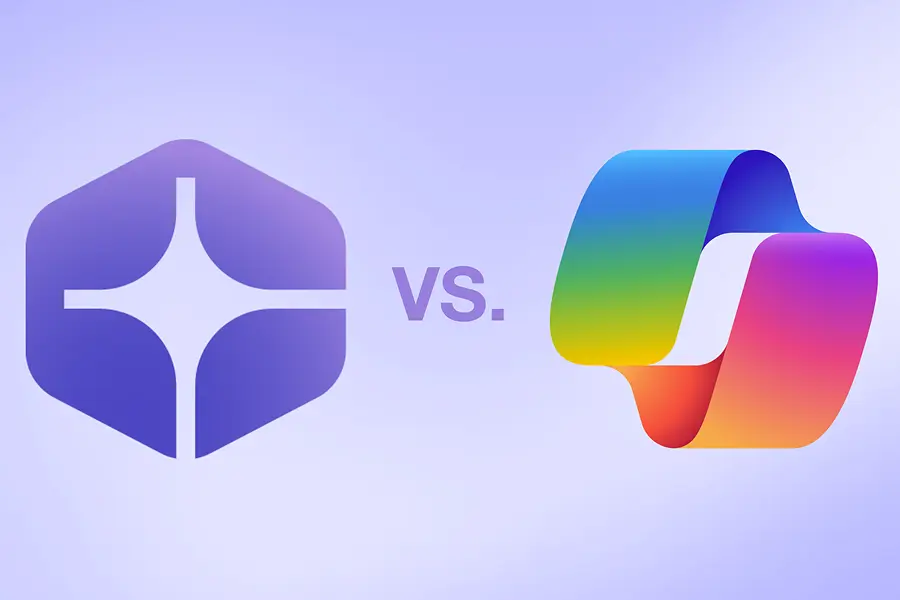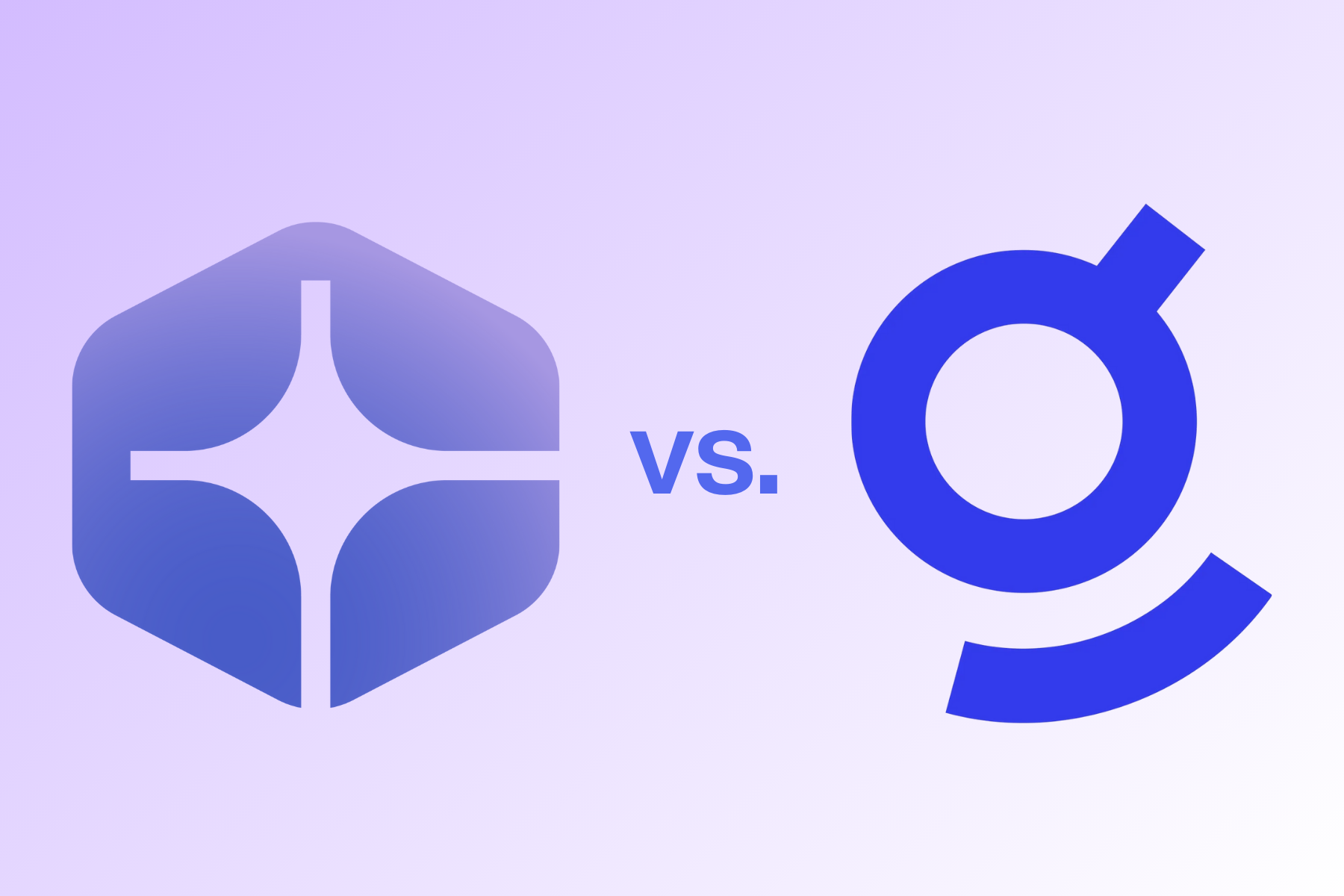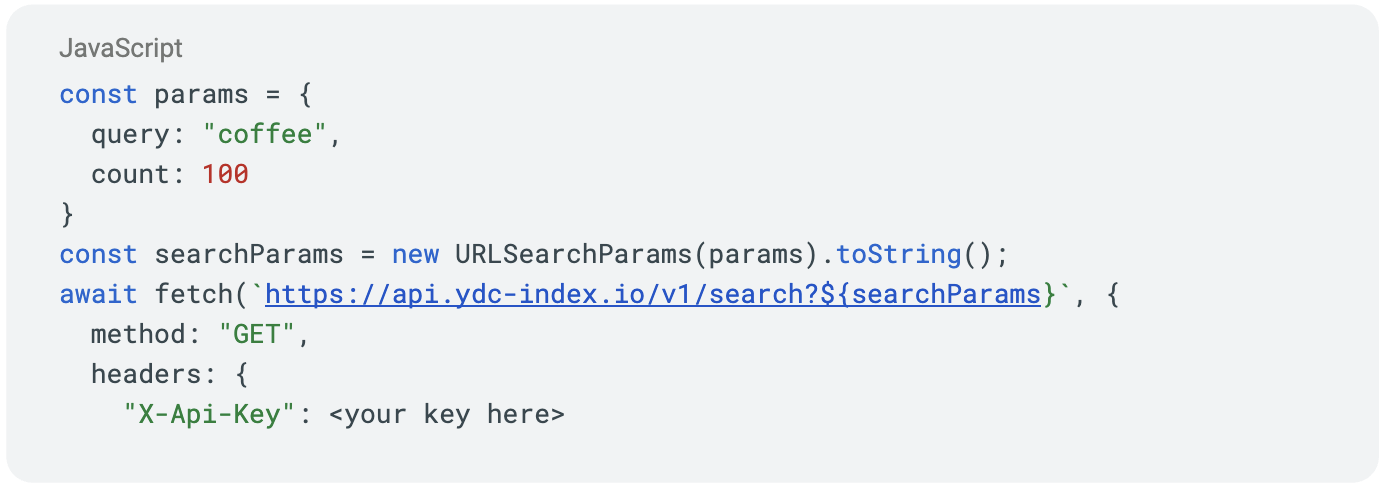you.com
/
Blog
September 18, 2025
Paying 10x More After Google’s num=100 Change? Migrate to You.com in Under 10 Minutes
.webp)

Get our latest resources sent straight to your inbox.
Never miss a beat — keep your team informed and inspired with new resources delivered weekly.

Featured resources.
Build Production-Ready AI Solutions with You.com's Express API and Custom AgentsBuild Production-Ready AI Solutions with You.com's Express API and Custom Agents

Build Production-Ready AI Solutions with You.com's Express API and Custom Agents
October 6, 2025
Blog
September 2025 API Roundup: Introducing Express & Contents APIsSeptember 2025 API Roundup: Introducing Express & Contents APIs

September 2025 API Roundup: Introducing Express & Contents APIs
September 16, 2025
Blog
You.com vs. Microsoft Copilot: How They Compare for Enterprise TeamsYou.com vs. Microsoft Copilot: How They Compare for Enterprise Teams

You.com vs. Microsoft Copilot: How They Compare for Enterprise Teams
September 10, 2025
Blog
All resources.
Browse our complete collection of tools, guides, and expert insights — helping your team turn AI into ROI.
.png)
Introduction to AI Research Agents
December 12, 2025
Blog

Context Engineering for Agentic AI
December 8, 2025
Blog

AI Search vs. Google: Key Differences & Benefits
December 5, 2025
Blog

What Is AI Grounding and How Does It Work?
December 3, 2025
Blog
You.com vs. Glean: A Guide for Orgs Exploring Glean Alternatives You.com vs. Glean: A Guide for Orgs Exploring Glean Alternatives

You.com vs. Glean: A Guide for Orgs Exploring Glean Alternatives
December 2, 2025
Blog
In Insurance, AI’s True Value Is Accuracy—Not Just SpeedIn Insurance, AI’s True Value Is Accuracy—Not Just Speed

In Insurance, AI’s True Value Is Accuracy—Not Just Speed
November 25, 2025
Blog

The History of APIs: From SOAP to AI-Native
November 21, 2025
Blog


